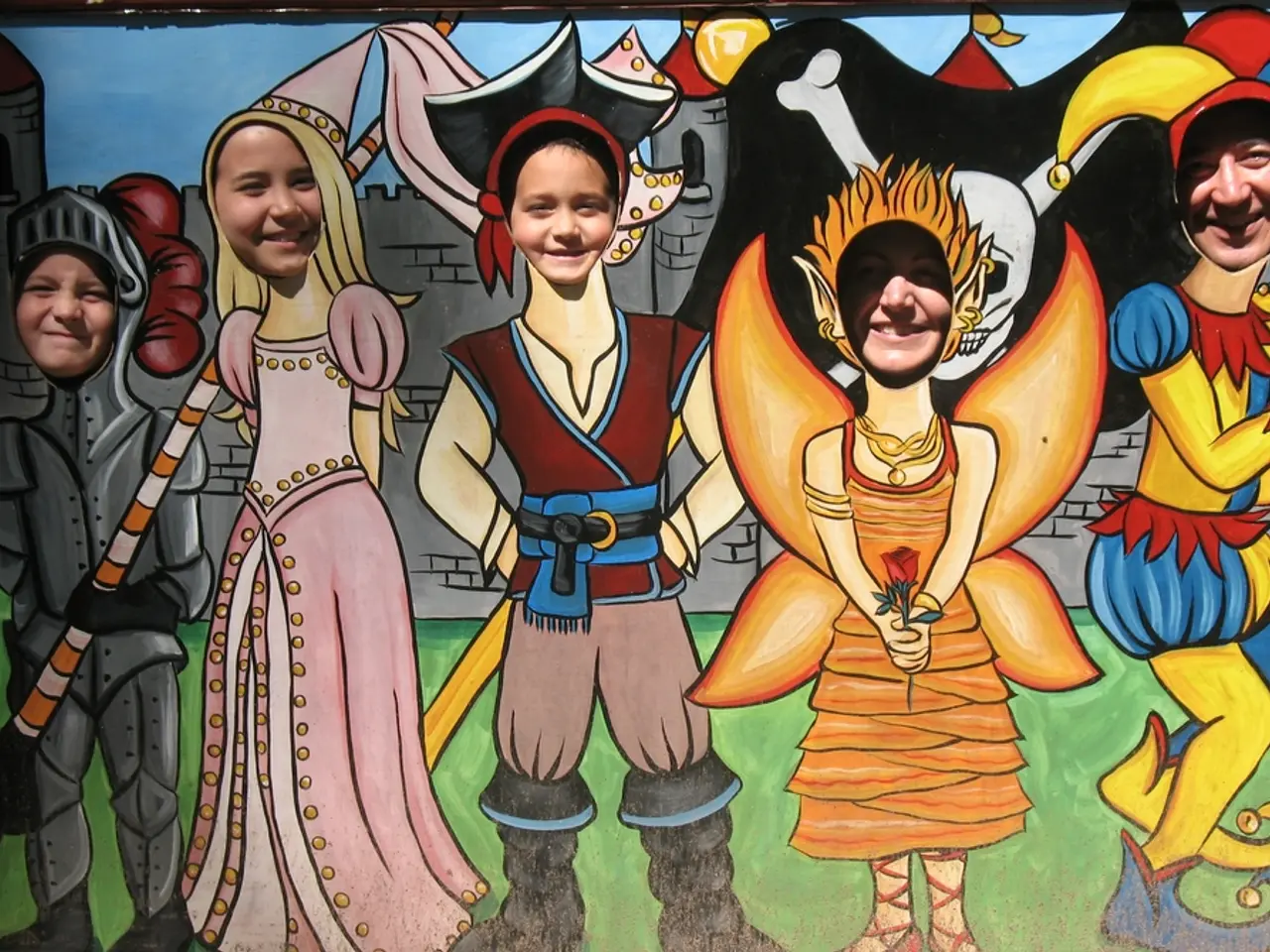Altering Media Procedures: The Influence of Multimodal and Generative AI on Video Narrative Construction
In a groundbreaking move, Hollywood studio Lionsgate is integrating Generative Artificial Intelligence (GenAI) into its operations, aiming to save millions of dollars and revolutionize its creative processes.
The potential of AI in production savings, particularly in reducing traditional costs associated with location shoots, is well-documented. However, Lionsgate's focus extends beyond cost-cutting, as it seeks to leverage AI for content creation and discovery.
Partnering with Runway and Kaedim, Lionsgate is creating and training a new AI model to generate cinematic videos. This AI could unearth never-before-seen footage from vast media archives for repurposing, such as new docuseries, behind-the-scenes, and best of specials.
Advanced AI models can accurately identify what's on a physical tape by scanning paper labels and run sheets, prioritising tapes with the highest potential for resale and reuse in large archive digitization projects. Furthermore, AI can build a rough cut by scanning and selecting clips that align with a narrative.
The use of GenAI is not limited to media indexing. In Tom Hanks' film "Here," GenAI was used to age the actor from 18 to 80, a process that traditionally requires hundreds of artists and months to complete.
Moreover, multimodal and generative AI are transforming media workflows. When used for media indexing, multimodal AI generates semantic descriptions of videos, allowing producers to search for specific clips rather than full video files. This transformation reduces content discovery times from eight hours to minutes.
Multimodal AI produces detailed metadata, giving content teams an edge, especially in live reporting scenarios such as covering elections. AI prompting can assist with quality control and compliance by efficiently filtering content and isolating specific video elements.
Cloud computing allows remote access to digitized media libraries, connecting previously siloed media departments and enabling real-time cross-team collaboration. This connectivity could be a game-changer for a senior executive at a 24/7 news operation in New York, who is concerned about managing content demand with fewer team members due to ongoing layoffs.
The deep-search experience enabled through multimodal AI opens the possibility of creating niche content packages and collections around specific themes or genres. This could potentially revolutionise the process of indexing, prioritising tapes for digitization, sale, and reuse.
ChatGPT, an example of generative AI, is already being used regularly for answering questions and brainstorming ideas. As Lionsgate embraces this technology, it joins a growing list of media companies harnessing the power of AI to deliver more compelling content with less budget.
Read also:
- Antitussives: List of Examples, Functions, Adverse Reactions, and Additional Details
- Asthma Diagnosis: Exploring FeNO Tests and Related Treatments
- The Interconnected Role of Drones in the Digital Battlefield: Bridging Electronic Warfare, Cyberspace, and Beyond
- Discourse at Nufam 2025: Truck Drivers Utilize Discussion Areas, Debate and Initiate Actions








